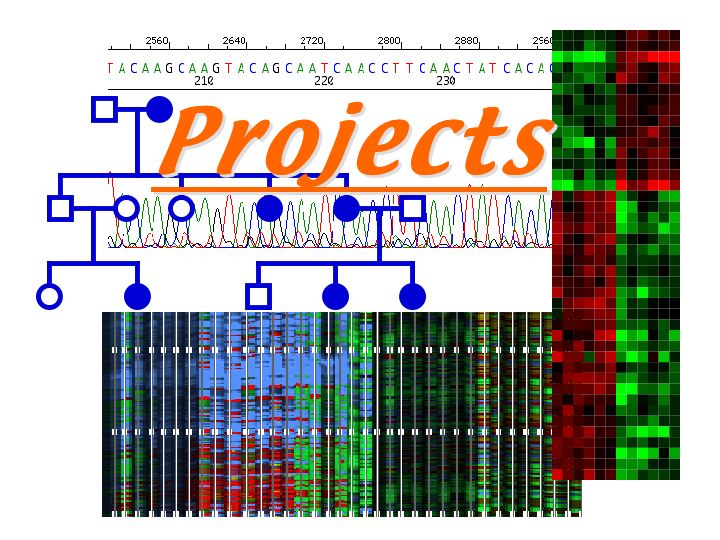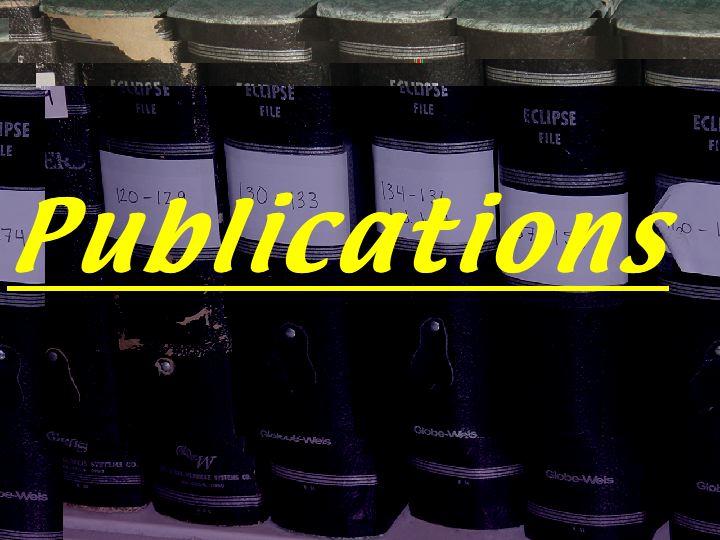We mapped DFNA1, the first identified locus associated with autosomal dominant nonsyndromic hearing loss, and clone the gene in 1997. The causal mutation in the extended Costa Rican family M proved to be a single basepair substitution in the splice donor site of exon 27. This alteration leads to truncation of the last 32 amino acids of the diaphanous protein. The DFNA1 gene is expressed in multiple tissue types including inner ear structures. This widespread expression pattern was suprising given that family M carriers only exhibit a hearing loss phenotype. This may reflect the sensitivity of hearing to dosage of diaphanous full length protein or the effect of the family M mutation on tissue specific function. To test the function of the DFNA1 gene in a system amenable to manipulation, we are creating a transgenic mouse bearing the mouse equivalent of the family M mutation. Evaluation of heterozygous mice will allow us to examine inner ear structures in the presence of this mutation. Additionally, we will determine the phenotype of mice homozygous for this mutations.
We are screening a cohort individuals with hearing loss in order to determine the incidence of mutation in the DFNA1 gene in the deaf population, as well as the indicidence of mutation of other hearing loss genes.
Since 1984 our laboratory in collaboration with the Abuelas de Plaza de Mayo in Argentina has analyzed cases of human rights violations using genetic technologies to reunite kidnapped children with their biological families. We also work with human rights organizations to identify missing persons in other countries including Guatemala, El Salvador, Honduras, Haiti, Rwanda, the Balkans, Mexico, and the Phillipines. Currently, Erica May and I are actively working in this area. We are also interested in developing new methodology for this application.



